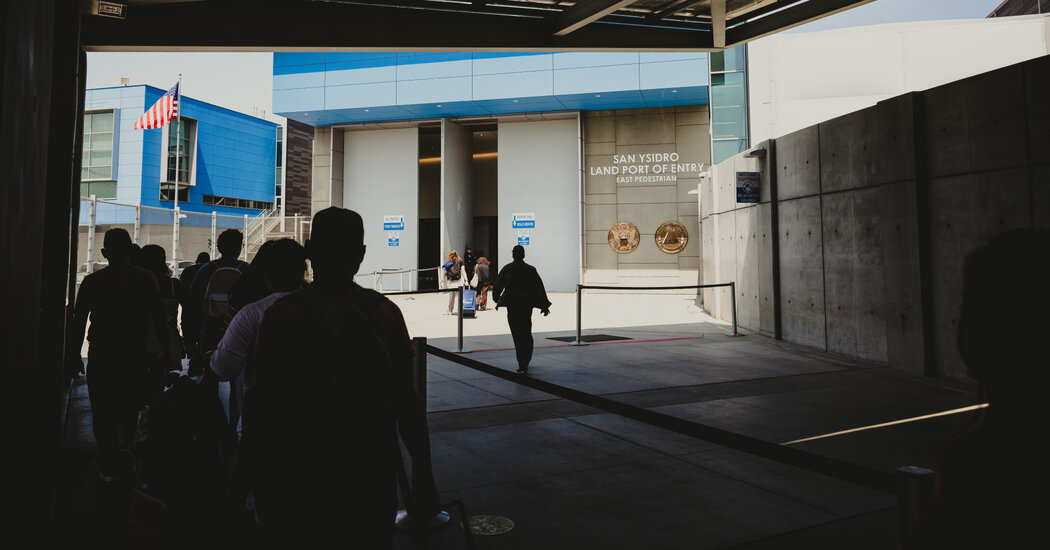In a shocking breach of trust, two U.S. Customs and Border Protection (CBP) officers stationed at the San Ysidro Port of Entry in Southern California have been charged with accepting bribes to allow undocumented migrants into the United States. The officers, identified as Farlis Almonte and Ricardo Rodriguez, were arrested following a federal investigation that uncovered a web of corruption at one of the nation’s busiest border crossings.
The allegations paint a troubling picture: prosecutors claim the officers waved through dozens of vehicles carrying undocumented individuals, pocketing thousands of dollars per vehicle in exchange for their silence. Evidence includes damning phone records showing communication with human traffickers in Mexico and unexplained cash deposits flooding into the officers’ personal bank accounts. The scheme, which reportedly ran from August 2024 to January 2025, came to light after three migrant smugglers, apprehended last year, flipped on their accomplices across the border—including the accused officers.
The San Ysidro Port of Entry, linking San Diego to Tijuana, processes millions of travelers annually, making it a critical artery for legal trade and travel—and, evidently, a target for exploitation. “Any Customs and Border Protection agent who aids or turns a blind eye to smugglers bringing undocumented immigrants into the U.S. is betraying their oath and endangering our national security,” said Acting U.S. Attorney Andrew Haden in a statement. The charges against Almonte and Rodriguez include conspiracy to bring in aliens for financial gain and receipt of bribes by a public official.
This isn’t an isolated incident. Over the past two years, five CBP officers in the San Diego area have faced similar corruption charges. Just last year, former border inspector Leonard Darnell George was sentenced to 23 years in prison for accepting bribes to allow both undocumented migrants and drug-laden vehicles through the same crossing. The recurring scandals raise questions about oversight and integrity within the agency tasked with securing America’s borders.
The investigation kicked off when arrested smugglers began cooperating with federal authorities, peeling back layers of a sophisticated operation. Court documents reveal that Rodriguez was linked to multiple “highly suspect crossings,” often logging only the driver despite visible passengers or processing individuals using stolen identities. Meanwhile, Almonte allegedly shared his work schedule with traffickers—identified in one smuggler’s phone as “Farli USA”—to ensure vehicles hit the right lanes at the right time.
As the case unfolds, it casts a harsh spotlight on the vulnerabilities of border security. While the Trump administration’s recent immigration crackdown has slashed illegal crossings to historic lows, incidents like these suggest that internal corruption could undermine even the toughest policies. For now, Almonte and Rodriguez await their day in court, leaving the public to wonder: how deep does the rot run?




